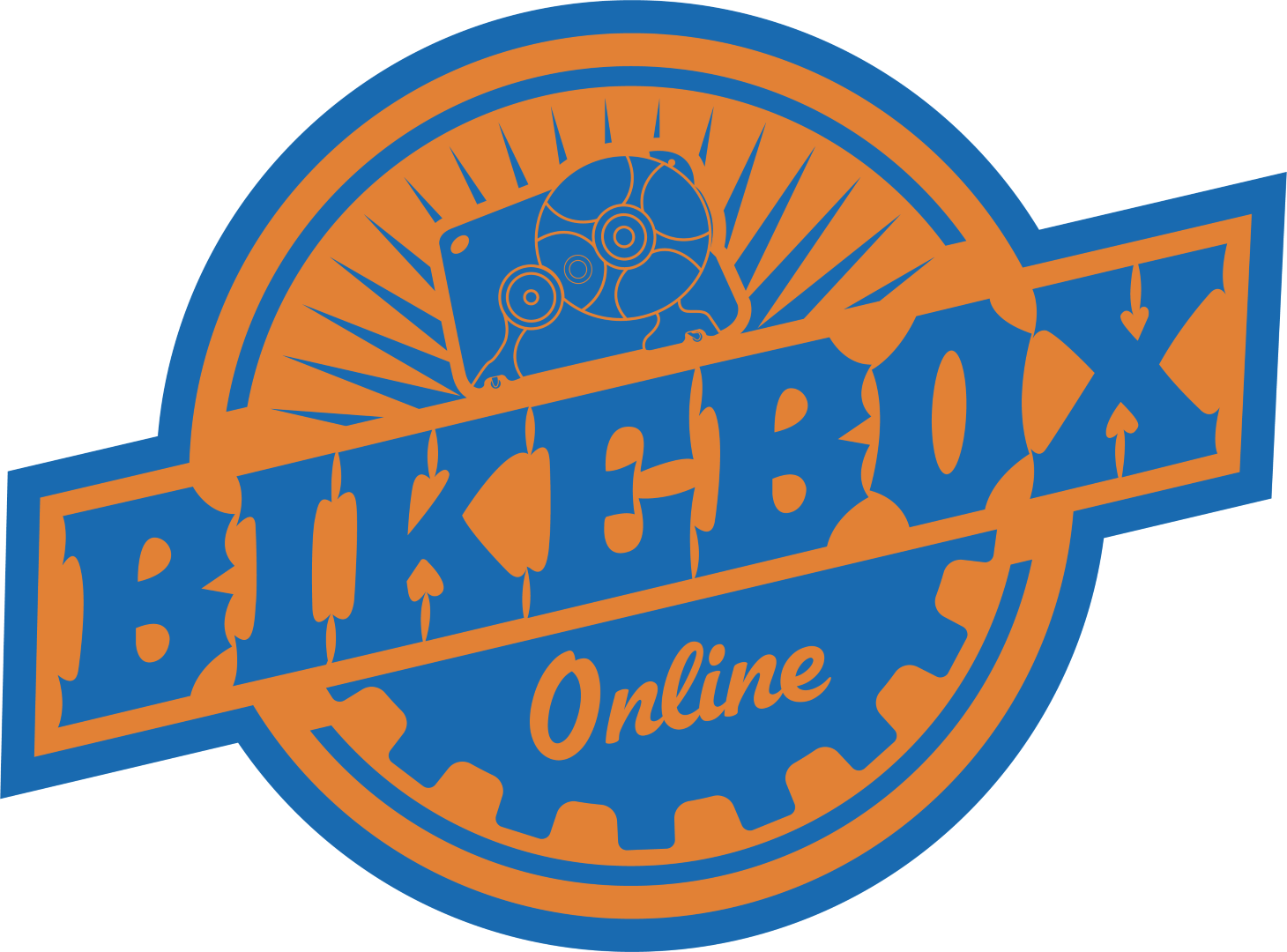Whether you’re tackling a triathlon, inching towards an Ironman or prepping for the Etape of your dreams, injury issues can strike at any time and put paid to peak performance. Here, straight-talking physio Jess Palmer gives cylists some top tips on how to remain injury free and strong on your bike
Create better mobility
Mobility through the joints is so important for health and posture. Think of how many days we spend sitting down: we’re constantly closing down our joints! Mobility or flexibility issues in our joints will cause imbalances, poor muscle function and open us up to injury and pain. At the very least, cyclists or triathletes should foam roll their muscles regularly (ideally before and after riding). They’re as cheap as chips and can help tightness in the quads, back, shoulders, hamstrings and calf muscles. In addition, I always recommend cyclists join a good yoga class.
Create better stability
Once mobility is created through the joints, you must stabilise them so that you can control that newfound mobility before adding load. One of the most simple and well-recognised exercises for stabilising is the plank. Take your time to really understand what a good plank position looks and feels like then aim to hold yourself in that position for 15 seconds. Repeat this exercise three times with 10 seconds rest in between. If you can’t hold this position for 15 seconds without the hips or butt dropping or lifting, start out with 5 second holds and build up from there.
Create strength
Keep this simple. You don’t need to attempt one-handed balances on a Swiss ball – just focus on whole body exercises. After all, the body works as a system, no in isolation. My top strength exercise for cyclists is the squat. Again, take your time to learn how to do this properly. Don’t incorrectly, you are in danger of injuring yourself further, so please seek the advice of a movement assessor to perfect this exercise. Secondly, cyclists should incorporate press-ups into their strength programme. If you struggle, start by doing your press-ups on an incline then reduce this as your strength increases.
Visit your physio!
In saying all of the above, you can foam roll the hell out of your body, stabilise and strengthen, but if your equipment or lifestyle choices are corrupt, you’ll end up going round in circles. I’m a stickler for telling athletes that they need to look deeper into the reasons they are experiencing pain with a qualified physio or movement assessor.
With huge thanks to Jess Palmer from OnForm Fitness. If you want to contact Jess, call 07855 211104 or email info@onform.fitness You can also find Jess on facebook.com/Onform.wheremovementmatters and Instagram/Onform.fitness
NB: This article is only intended as a guide and we would always recommend that you visit your GP, physiotherapist or movement assessor to receive targeted advice and exercises.

